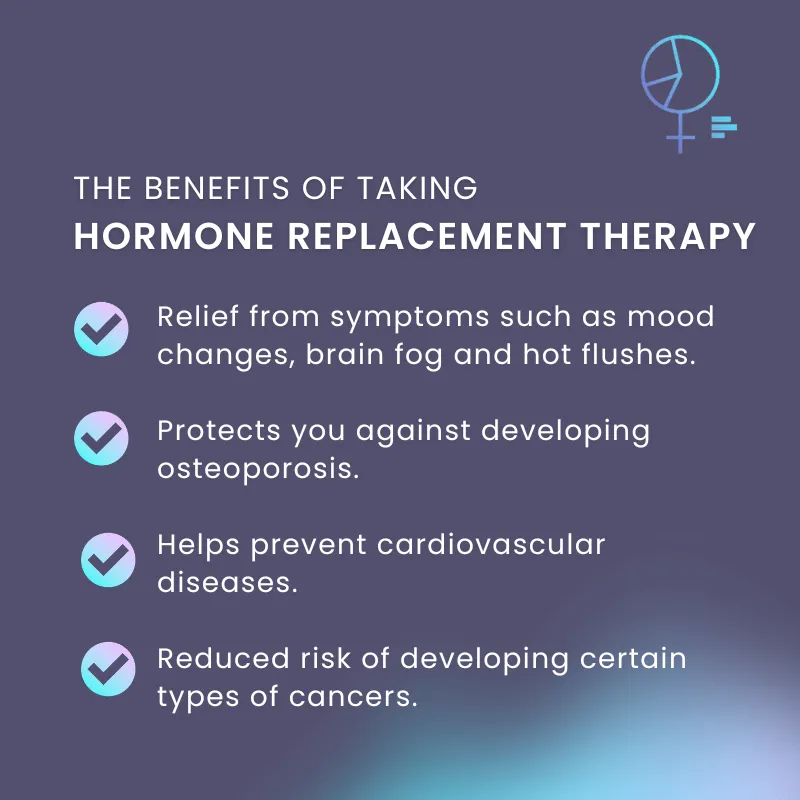
Estrogen Replacement Therapy (ERT) is a treatment option that involves replacing the estrogen hormone in women who are experiencing a deficiency. This deficiency can occur during menopause, after surgical removal of the ovaries, or due to certain medical conditions. Estrogen is a vital hormone that plays a key role in a woman’s reproductive system, bone health, and overall well-being. ERT can help alleviate symptoms of menopause, prevent bone loss, and improve quality of life for many women. However, like any medical treatment, ERT comes with both benefits and risks that should be carefully considered before starting treatment.
Benefits of Estrogen Replacement Therapy
1. Relief from Menopausal Symptoms: One of the main benefits of ERT is the relief it can provide from common menopausal symptoms such as hot flashes, night sweats, vaginal dryness, and mood swings. Estrogen helps to regulate body temperature and maintain the health of the vaginal tissues, reducing the severity of these symptoms.
2. Prevention of Osteoporosis: Estrogen plays a crucial role in maintaining bone density and strength. Women who undergo ERT are less likely to develop osteoporosis, a condition characterized by weakened bones that are more prone to fractures.
3. Improved Heart Health: Estrogen has a protective effect on the cardiovascular system, helping to lower cholesterol levels, reduce the risk of heart disease, and improve overall heart health. Women who undergo ERT may experience a lower incidence of heart attacks and strokes.
4. Maintenance of Cognitive Function: Estrogen has been shown to have a positive impact on cognitive function, memory, and mood. Women who undergo ERT may experience improved mental clarity and a reduced risk of cognitive decline associated with aging.
5. Management of Vaginal Atrophy: Estrogen replacement can help alleviate symptoms of vaginal atrophy, a condition characterized by thinning and dryness of the vaginal tissues. ERT can improve vaginal lubrication, reduce discomfort during intercourse, and enhance overall sexual satisfaction.
Risks of Estrogen Replacement Therapy
1. Increased Risk of Breast Cancer: One of the most significant risks associated with ERT is an increased risk of developing breast cancer. Estrogen can promote the growth of breast tissue, increasing the likelihood of developing tumors. Women who undergo ERT should be regularly monitored for signs of breast cancer and discuss their individual risk factors with their healthcare provider.
2. Increased Risk of Uterine Cancer: Women who have not had their uterus removed are at an increased risk of developing uterine cancer when undergoing ERT. Estrogen can stimulate the growth of the uterine lining, leading to abnormal cell growth and potential cancerous changes. To reduce this risk, women may be prescribed a combination of estrogen and progesterone hormones.
3. Blood Clot Formation: Estrogen has been associated with an increased risk of blood clot formation, particularly in the legs (deep vein thrombosis) or lungs (pulmonary embolism). Women who undergo ERT should be aware of the signs and symptoms of blood clots, such as swelling, pain, or difficulty breathing, and seek medical attention if they occur.
4. Gallbladder Disease: Estrogen replacement therapy has been linked to an increased risk of gallbladder disease, including the formation of gallstones. Women who have a history of gallbladder problems should discuss this risk with their healthcare provider before starting ERT.
5. Other Potential Risks: In addition to the risks mentioned above, ERT may also be associated with other potential risks, such as weight gain, bloating, headaches, and mood changes. It is important for women to discuss these potential risks with their healthcare provider and weigh them against the benefits of treatment.
FAQs about Estrogen Replacement Therapy
1. Who is a good candidate for ERT?
Women who are experiencing symptoms of menopause, such as hot flashes, night sweats, vaginal dryness, or mood swings, may benefit from ERT. Women who have undergone surgical removal of the ovaries or are at risk for osteoporosis may also be good candidates for treatment. It is important to discuss your individual risk factors and concerns with your healthcare provider to determine if ERT is right for you.
2. How is estrogen replacement therapy administered?
ERT can be administered in several different forms, including oral tablets, skin patches, gels, creams, or vaginal rings. The most appropriate form of treatment will depend on your individual needs and preferences. Your healthcare provider will work with you to determine the best method of administration for your specific situation.
3. How long should I stay on estrogen replacement therapy?
The duration of ERT will vary depending on your individual circumstances and the reason for treatment. Some women may only need short-term treatment to alleviate menopausal symptoms, while others may require long-term treatment to prevent bone loss or manage other health conditions. It is important to discuss the duration of treatment with your healthcare provider and regularly reassess the benefits and risks of ERT.
4. What are the alternatives to estrogen replacement therapy?
There are several alternatives to ERT that may be considered depending on your individual needs and preferences. These alternatives may include lifestyle changes, such as diet and exercise, herbal supplements, non-hormonal medications, or other hormonal treatments. It is important to discuss these options with your healthcare provider to determine the most appropriate treatment plan for you.
5. What are the side effects of estrogen replacement therapy?
Side effects of ERT may include nausea, bloating, breast tenderness, headaches, or mood changes. These side effects are usually temporary and may improve over time as your body adjusts to the treatment. If you experience severe or persistent side effects, it is important to contact your healthcare provider for further evaluation and management.
In conclusion, estrogen replacement therapy can provide significant benefits for women experiencing a deficiency of this vital hormone. However, it is important to carefully weigh the benefits and risks of treatment before starting ERT. Women should discuss their individual risk factors, concerns, and treatment goals with their healthcare provider to determine if ERT is the right choice for them. Regular monitoring and follow-up appointments are essential to ensure the safety and effectiveness of treatment. By staying informed and actively participating in your healthcare decisions, you can make the best choice for your overall health and well-being.

